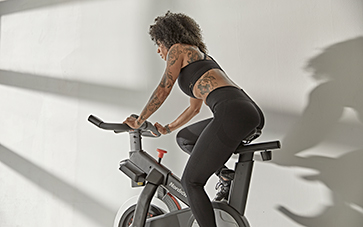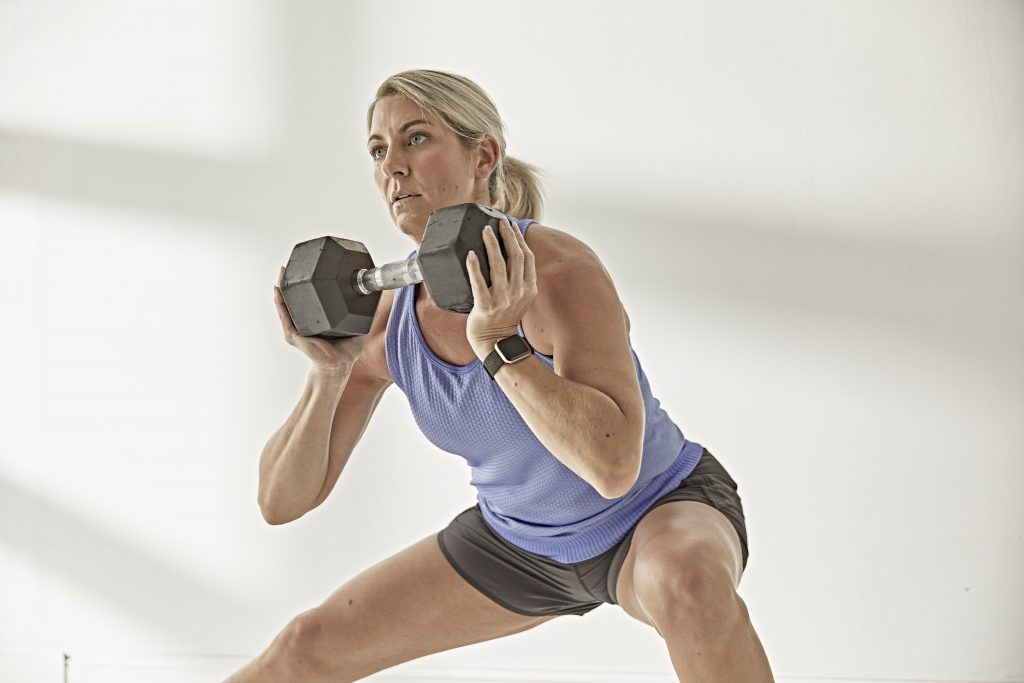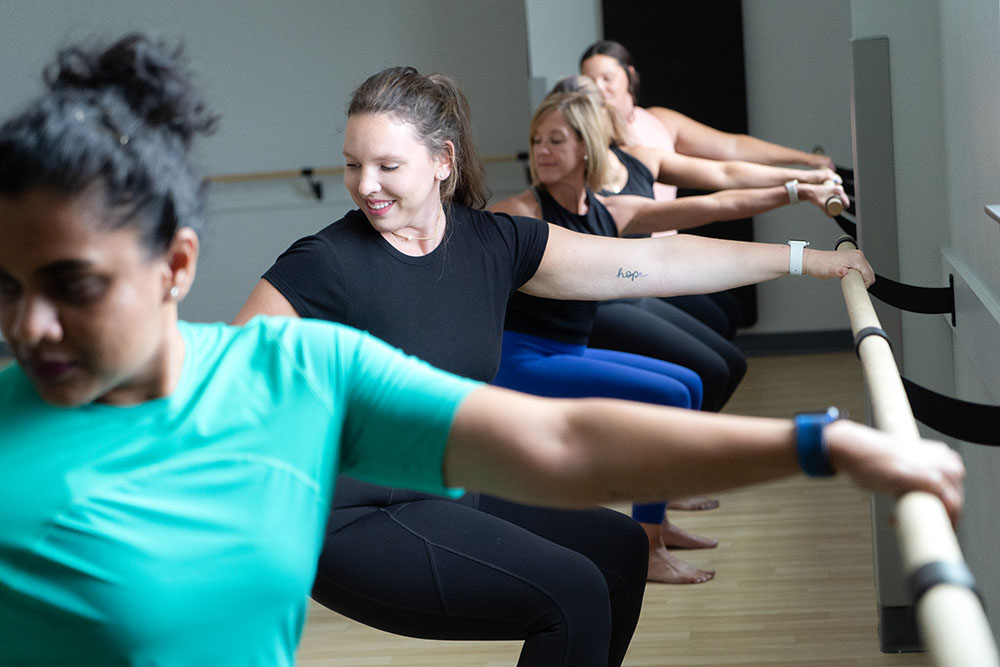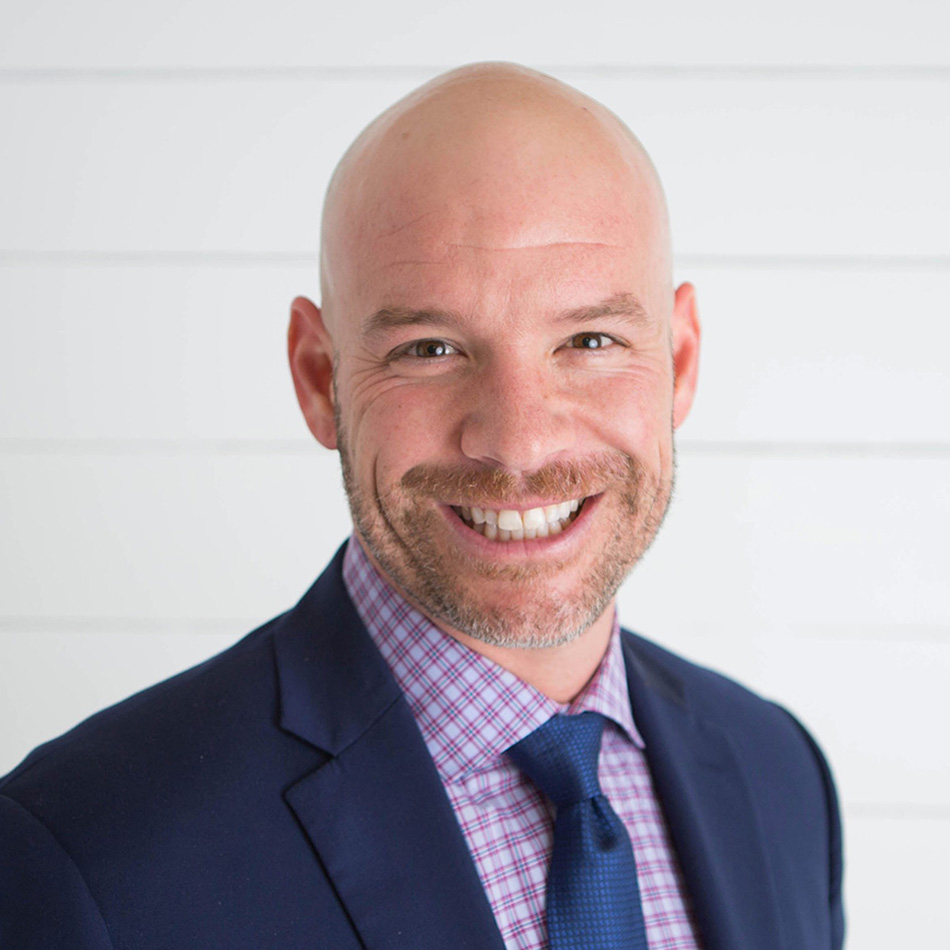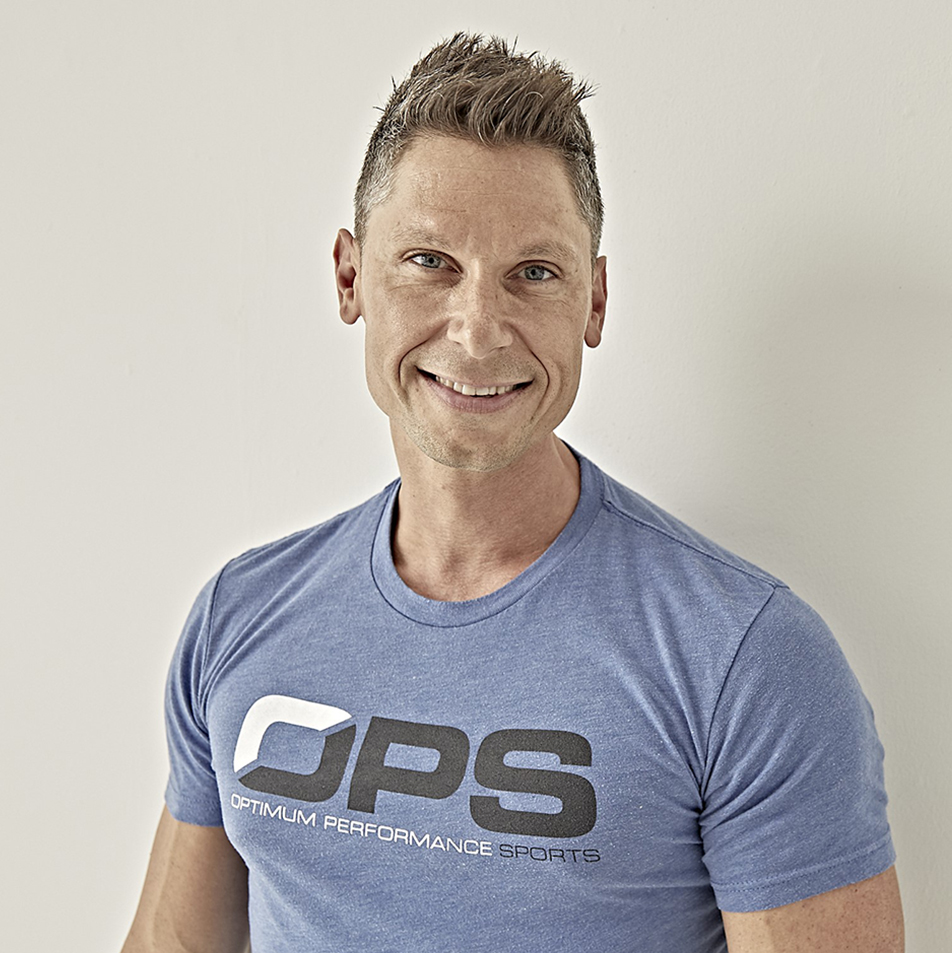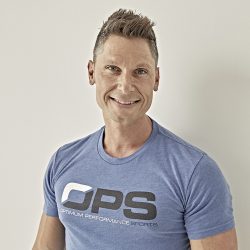You know your athlete needs to start training. You understand the potential benefits of increasing their strength, their speed, or endurance and how it could translate to in-sport success. Where do you go? Do you sign them up for a local fitness club membership or should you commit them to a training facility led by coaches? This is a dilemma that many parents of young athletes face. Do they really need a coach-led session? What are the benefits?
In the sports performance field, the role of a certified coach goes far beyond just the X’s & O’s. As a foundation, every coach should have sound principles based on proven science. These principles guide us to know the when and what in training. What exercise do I use for a volleyball or soccer athlete? What exercise is appropriate for the offseason vs playoffs? When do I teach a new exercise to a novice vs when I teach it to an athlete familiar with training? These are concepts most coaches can and do address. However, as a parent, what you’re paying for is a coach’s ability to address the why and how of training. Why do I have back pain when I do insert exercise? How do I fix or prevent it? How do I improve my jumping ability? A coach’s ability to see a movement in real time, diagnose it, and create a plan of action is what’s referred to as a coaches eye and this is what separates good coaches from great.
Each athlete and every movement is unique, like a puzzle. When I watch an athlete go through exercises, I mentally go through a checklist that I’m watching for. The things I could be looking for include: does their form look good, is there potential for injury, is this too easy or hard for them? Depending on the answers to these questions, I then decide whether I want to progress or regress what they’re doing. The same goes for when an athlete performs speed or agility drills. Do they get enough extension in their sprint? What is impeding their knee drive? Can they properly decelerate? Again, these are questions that can be difficult to answer in real time without a trained coach who knows what they’re looking for.
Anyone can create a workout. A coach gets the best out of each session for each athlete. By giving each athlete specific, real-time feedback and reinforcement, the athlete not only gets the proper stimuli from their session but they start to gain an understanding and insight into their training they may not be able to get by training alone with no one to guide them.
Author: Alex Williams

